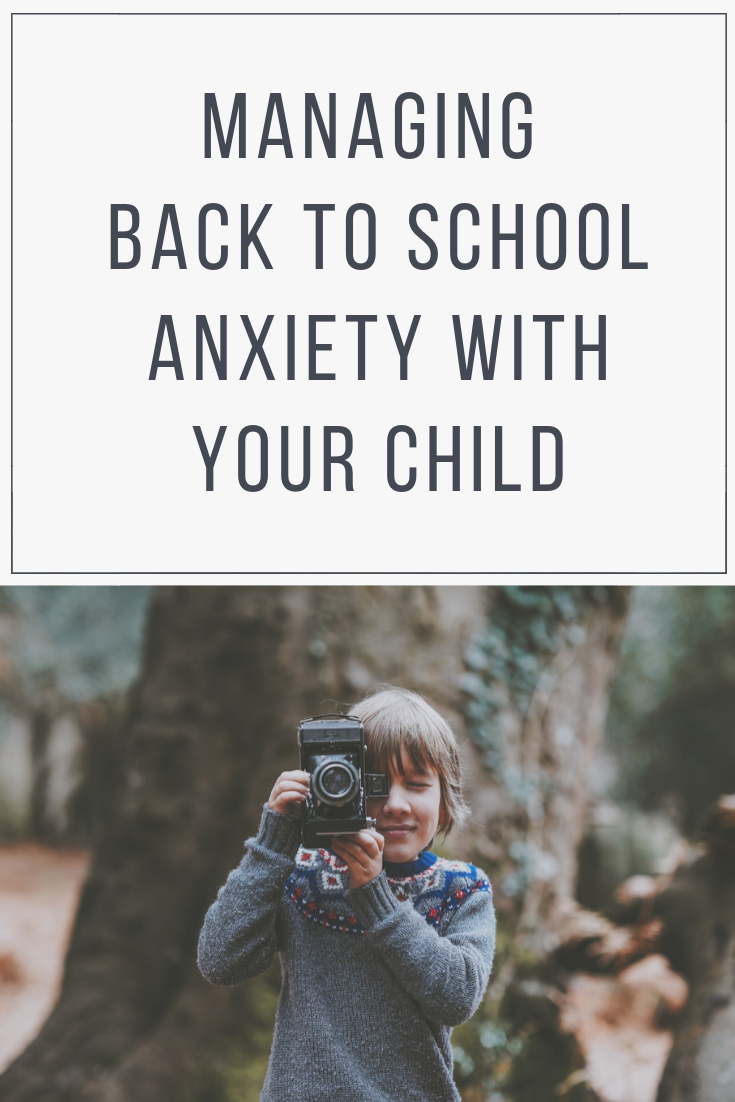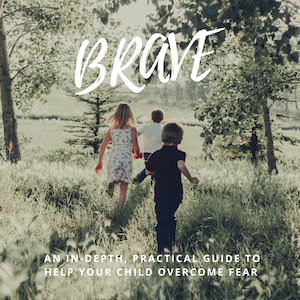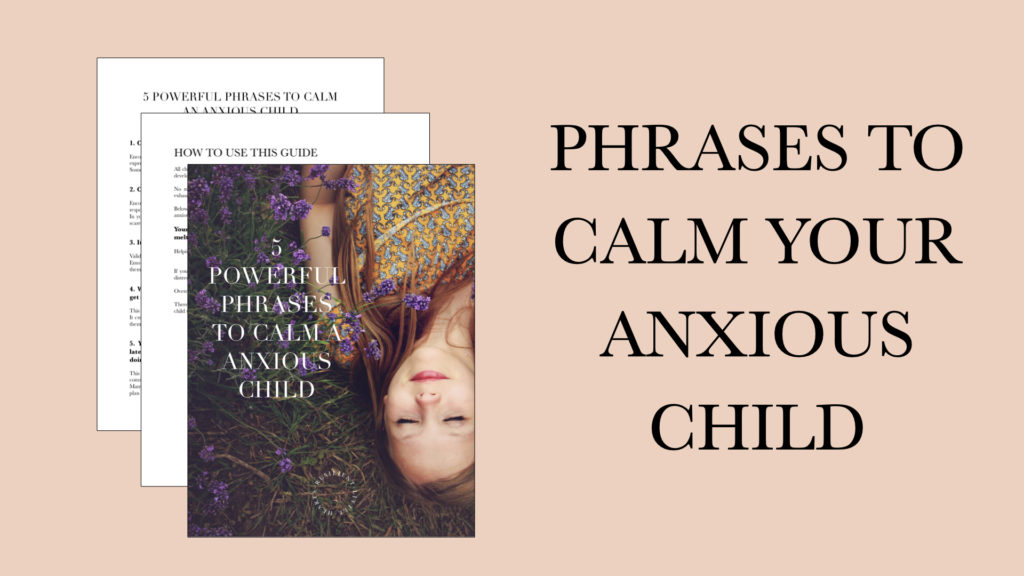How To Manage ‘Back To School’ Anxiety With Your Child
The beginning of a new school year is filled with excitement, nerves, and much relief (for the parents!).
It is an opportunity to have a fresh start, and to return to routine.
It is a transition that many children look forward to, but for other children it can be a time of heightened anxiety.
Whether they are transitioning to a new school; or beginning a new grade with a new teacher & new students, the level of unfamiliarity can be an overwhelming experience for many children.
You may notice that your child is experiencing anxiety with things such as:
- resistant or aggressive behavior
- tears or emotional meltdowns
- nightmares
- obsessive behavior
- problems with eating or sleeping
- nail biting
- stomach aches or headaches
- regression in bed wetting
Anxiety is heightened when we have high levels of uncertainty.
Psychologically, our brain isn’t wired for uncertainty. This is because it is unable to predict what is about to happen next, which requires a lot more mental energy to sustain.
Therefore psychologically we are driven to avoid uncertain situations.
In order to reduce feelings of anxiety, we must create as much certainty as possible.
When beginning a new school year, the more certainty you can build into this transition for your child, the less anxiety they will experience.
The goal is to make the new situation, a ‘new normal’ as quickly as possible.

HOW TO MANAGE ‘BACK TO SCHOOL’ ANXIETY WITH YOUR CHILD
1 Involve them in the preparation of school details.
Whether it is getting their school clothes organized, going uniform shopping, or labelling school supplies; the more you can involve your child in the elements of the preparation, the more control they will feel over the situation.
2 Meet the teacher & see the classroom.
For children that are particularly anxious, contact the school to see if it would be possible to arrange a short meeting with the new classroom teacher before school begins.
The goal of this meeting is for your child to personally connect with the teacher, which will give them a positive relationship to lean on once school starts; as well as becoming familiar with their classroom environment.
If it is a new school, it may also be helpful to walk around the whole school while there are no other students there, to become familiar with the new environment.
3 Organize play dates with other children that will be in class with your child.
Organizing some play dates with other children that will be in class with your child will strengthen their relationship with others. This will also give them positive relationships to lean on when school starts.
4 Create a ‘certainty’ book.
In a blank writing or art book, place as much information about your child’s school as possible.
This book may include photos of the school, classroom & teacher; information about their daily routine, & what classes are when etc.
By putting this information in a book form, your child can look over it as much as they want too.
5 Have open conversations about their feelings
One of the greatest ways we can soften anxiety & deal with negative emotions, is by sharing them with someone who loves us. The empathy & connection we experience within this relationship are a healing force.
You don’t need to fix your child’s feelings. Even by creating space for open conversations about how they are feeling, will activate oxytocin in their brain & begin to calm their emotional response.
5 Read books about courage, overcoming fear & starting school
Particularly for younger children, reading books about courage & the topic of transition can help them externalize their feelings & internalize the process they are about to encounter.
Some book ideas are:
- “The Boy Who Stood Up Tall” our children’s book about courage & overcoming fear
- “Curious George’s First Day of School” – steps children through what happens during a school day
- “The Berestain Bears Go To School” – takes children through the preparation for starting school
6 Place a written morning school routine on their wall
Once the school routine starts, one of the greatest challenge for parents is getting their child ready, dressed & out the door on time.
Particularly when a child is struggling with anxiety, they will become even more resistant to these small moments of transition in an effort to put off the negative event (going to school).
One strategy to help the school mornings run more smoothly is to write your morning routine on a piece of paper & stick it on your child’s wall, near their school clothes.
For younger children, you can still use a written routine by drawing out the steps.
For example:
- Get dressed
- Have breakfast
- Clean teeth & do hair
- Pack school bag
Once your child has completed the morning routine, do something small to reward their behavior. For younger children this could be a sticker chart, or for older children it could be a short time on technology.
7 Increase front-loading while establishing a new routine
It can take weeks to establish a new routine.
In order to make the first few weeks of school run more smoothly, it’s important to increase front-loading.
Front-loading is explaining to your child exactly what is about to happen next.
An example of this would be:
“Tomorrow is Tuesday. On Tuesdays we do our morning routine, you have a normal school day with music class in the afternoon, & when I pick you up from school we are going to soccer practice”.
You may remind them of this the night before, the morning of & again when you pick them up for school.
In the absence of feeling comfortable in a new weekly routine, increasing the communication of what is happening on a daily basis will create more certainty for your child.
The main goal in supporting your child with back to school anxiety is to create as much certainty as possible in the new situation.
Once the unfamiliar becomes familiar for your child, their anxiety will settle and they will feel comfortable in their “new normal”.
If you would like more support in how to raise a child who struggles with anxiety & fear, check out our BRAVE pack for parents.















